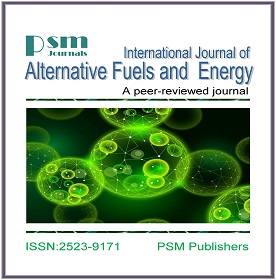Phytoremediation Potential of Plants: Green Technology for the Clean-up of Heavy Metals in the Soil
Keywords:
Phytoremediation potential, heavy metals, soil and water resources, human health.Abstract
Contamination by heavy metals can be considered as one of the most critical threats to soil and water resources as well as to human health, reducing agricultural productivity and damaging the health of the ecosystem. Interest in phytoremediation as a method to solve environmental contamination has been growing rapidly in recent years. This green technology involving “tolerant plants” has been utilized to clean up soil and groundwater from heavy metals and other toxic organic compounds. However, an investigation on the mechanism of phytoremediation and the genes involved is essential. Recently, there is great potential for developing this technology. It is thus required to investigate the strategies to produce genetically altered plants to remove, destroy and sequester toxic metals from the environment and address the long term implication of this green technology.







